Miracles from hoes, shovels and patriotism
Construction began in May 1965, and Ky Anh tunnel was built entirely by human power and rudimentary tools such as hoes, shovels, and crowbars. Thousands of local people, from soldiers, guerrillas to women, the elderly, and children, participated in digging the tunnel. To avoid being detected by the enemy, the tunnel was dug at night, from 5 p.m. the previous day to 2 a.m. the next morning. Soil and rocks were brought up from the ground and then poured into artillery shelters or scattered everywhere for camouflage. By 1967, a 32km long "underground fortress", about 0.5 - 0.8m wide, and nearly 1m deep, had formed underground, winding along the terrain of each village and hamlet.
Ky Anh tunnels were not only a shelter from falling bombs and stray bullets, but were also scientifically designed with many different functions such as command bunkers, medical bunkers, food storage bunkers, secret fighting positions and ventilation systems camouflaged under bamboo roots and vines...
A special thing about Ky Anh tunnel is that many of the people's artillery shelters have underground passages connecting to the main tunnel system. Thanks to that, when the enemy sweeps, the revolutionary forces can quickly hide underground without being detected. The creativity of the people here has turned a poor countryside into a solid revolutionary base, helping our army fight back many fierce sweeps of the enemy.
Mr. Huynh Kim Ta (66 years old, in Thach Tan village) said that, unlike Cu Chi tunnel ( Ho Chi Minh City) or Vinh Moc (Quang Tri), Ky Anh tunnel is located right in the village, hidden and protected by the people throughout the years of resistance. That is why this tunnel has more affectionate names such as "underground tunnel", "tunnel in the heart of the people", a place that not only hides people but also hides an indomitable spirit.
According to Mr. Ta, the location of the tunnel was only 7km from the old government headquarters and only about 2km from the base where the US troops were stationed, so this place was considered a strategic area of the revolution, playing an extremely important role.
“Because of its important location, during the war, this place was often fiercely attacked by the enemy, causing serious damage to houses and villages. At that time, the village had only 140 households with more than 600 people, but there were 203 martyrs and 59 Vietnamese Heroic Mothers. The whole Tam Thang commune had 1,252 martyrs and 237 Vietnamese Heroic Mothers, numbers that made anyone who heard them cry,” Mr. Ta emotionally recounted.
The tunnel branches mark the heroic
Also according to Mr. Huynh Kim Ta, Ky Anh tunnel has many branches, originating from each village but in general they all have connecting roads.
For example, in Vinh Binh village, a branch of the tunnel originates from Mr. Ho Ky's well, divided into three different paths, one leading into the village, one to the house of martyr Pham Si Thuyet, where there is a secret revolutionary activity tunnel under the house, and one leading to Dam river, where there is a 180-hectare reed field that serves as a strategic hiding place.
In particular, in Thach Tan village, the tunnels started from the ancient Thach Tan communal house, which is more than 300 years old. Under the communal house is a first aid bunker and a food storage bunker. The ancient communal house is not only a place for spiritual activities of the people but also an important revolutionary base, a witness to extraordinary historical events.
In 1968, the enemy suspected that this place was the center of the revolution, so they sent four tanks to destroy the wall and then tied chains to the pillars of the communal house to pull it down. But the strange thing that happened was that all four chains wrapped around the pillars of the communal house were broken. The communal house stood firm amidst bombs and bullets, as a testament to the steadfastness of the land and people here. “The extraordinary solidity of the communal house further increased the faith and spiritual strength of our army and people. To this day, on the pillars of the communal house there are still bullet marks and traces of chains. It is not only a historical relic, but also a symbol of an indomitable spirit,” Mr. Ta emphasized.
Today, Ky Anh tunnels have been recognized as a national historical relic. However, due to war and erosion over time, many sections have been degraded. The local government, the Department of Culture and the people are making efforts to restore and preserve this place to become a destination for traditional education and historical tourism for future generations.
Many people have exclaimed that it would be wonderful if one day, after leaving the cinema, audiences could set foot in the land of Tam Thang, directly touch the ground, walk in the dark tunnels, inhale the damp smell and listen to the stories of the people who lived, fought and sacrificed here. Because no film touches deeper emotions than reality. And there are few tunnels that move people's hearts like Ky Anh tunnels, where blood and people's hearts have blended into one.
Source: https://baophapluat.vn/dia-dao-ky-anh-phao-dai-trong-long-dan-o-xu-quang-post547009.html


![[Photo] Comrade Nguyen Duy Ngoc visited and worked at SITRA Innovation Fund and ICEYE Space Technology Company](https://vphoto.vietnam.vn/thumb/1200x675/vietnam/resource/IMAGE/2025/10/23/1761174470916_dcngoc1-jpg.webp)
![[Photo] Da Nang: Shock forces protect people's lives and property from natural disasters](https://vphoto.vietnam.vn/thumb/1200x675/vietnam/resource/IMAGE/2025/10/22/1761145662726_ndo_tr_z7144555003331-7912dd3d47479764c3df11043a705f22-3095-jpg.webp)
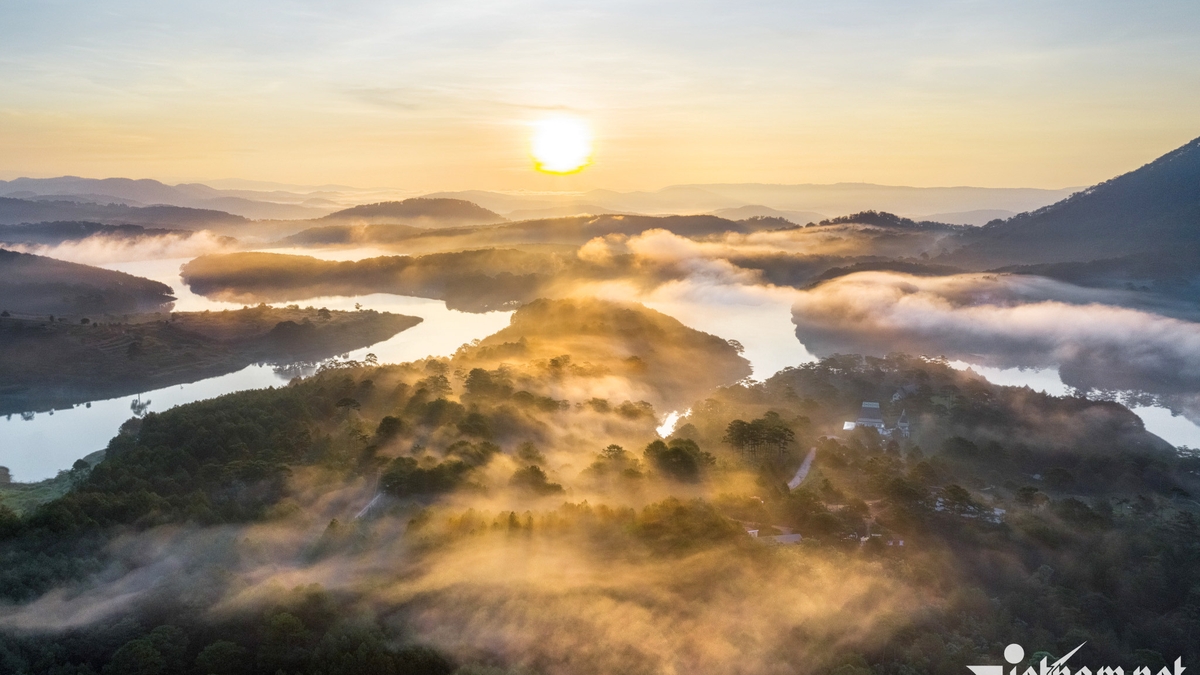
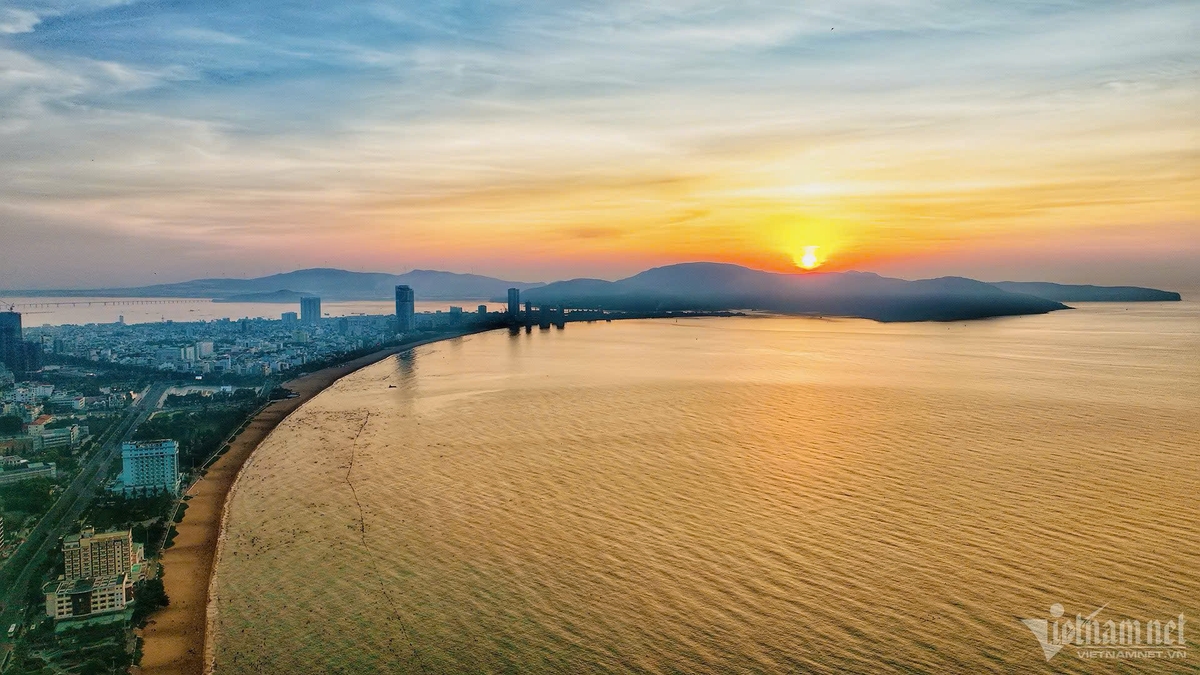
![[Photo] Award Ceremony of the Political Contest on Protecting the Party's Ideological Foundation](https://vphoto.vietnam.vn/thumb/1200x675/vietnam/resource/IMAGE/2025/10/22/1761151665557_giaia-jpg.webp)
![[Photo] General Secretary To Lam and his wife begin their official visit to Bulgaria](https://vphoto.vietnam.vn/thumb/1200x675/vietnam/resource/IMAGE/2025/10/23/1761174468226_tbtpn5-jpg.webp)
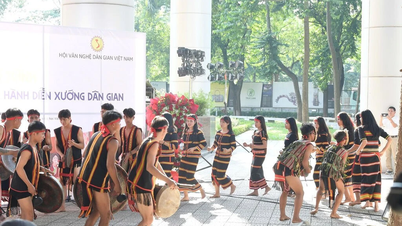



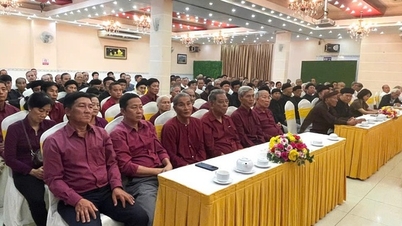



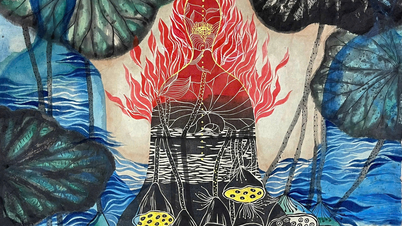








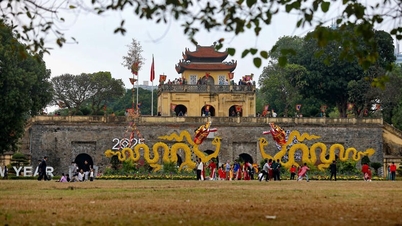
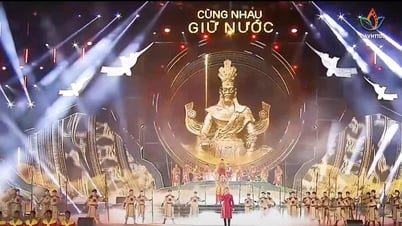
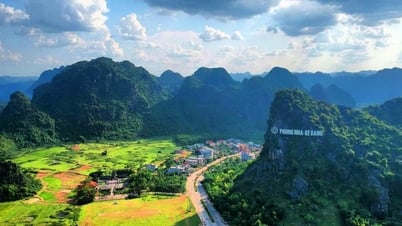









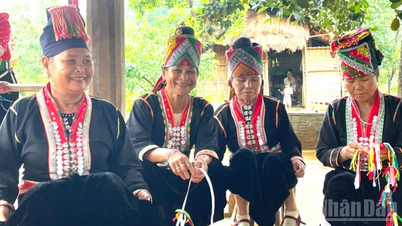





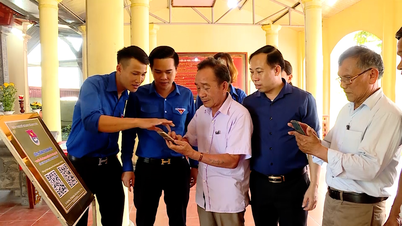





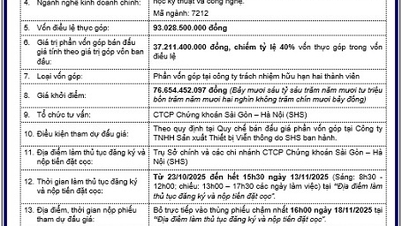

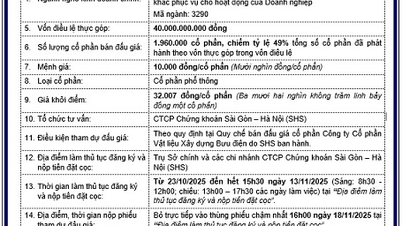





















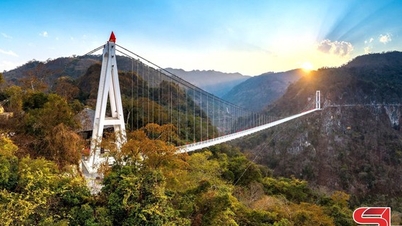



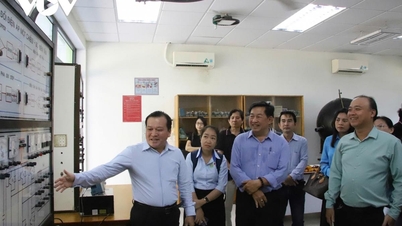



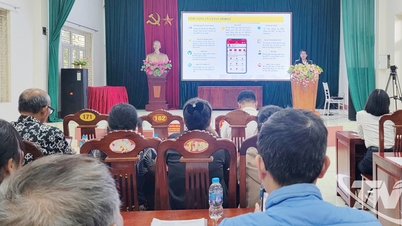




















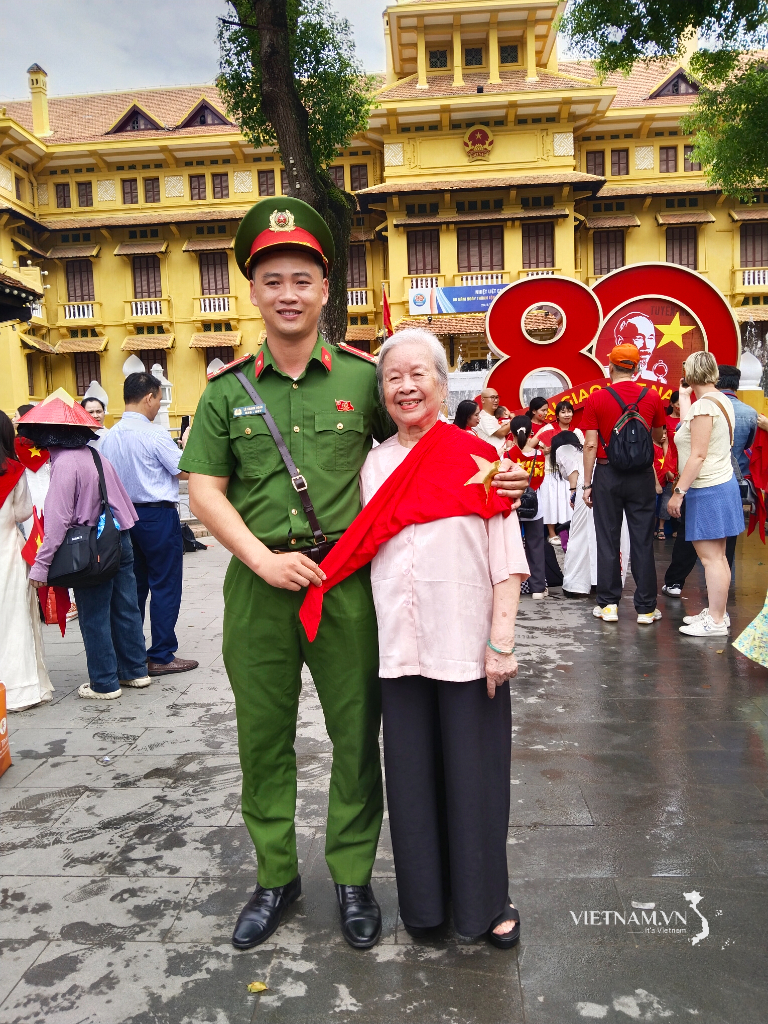


Comment (0)